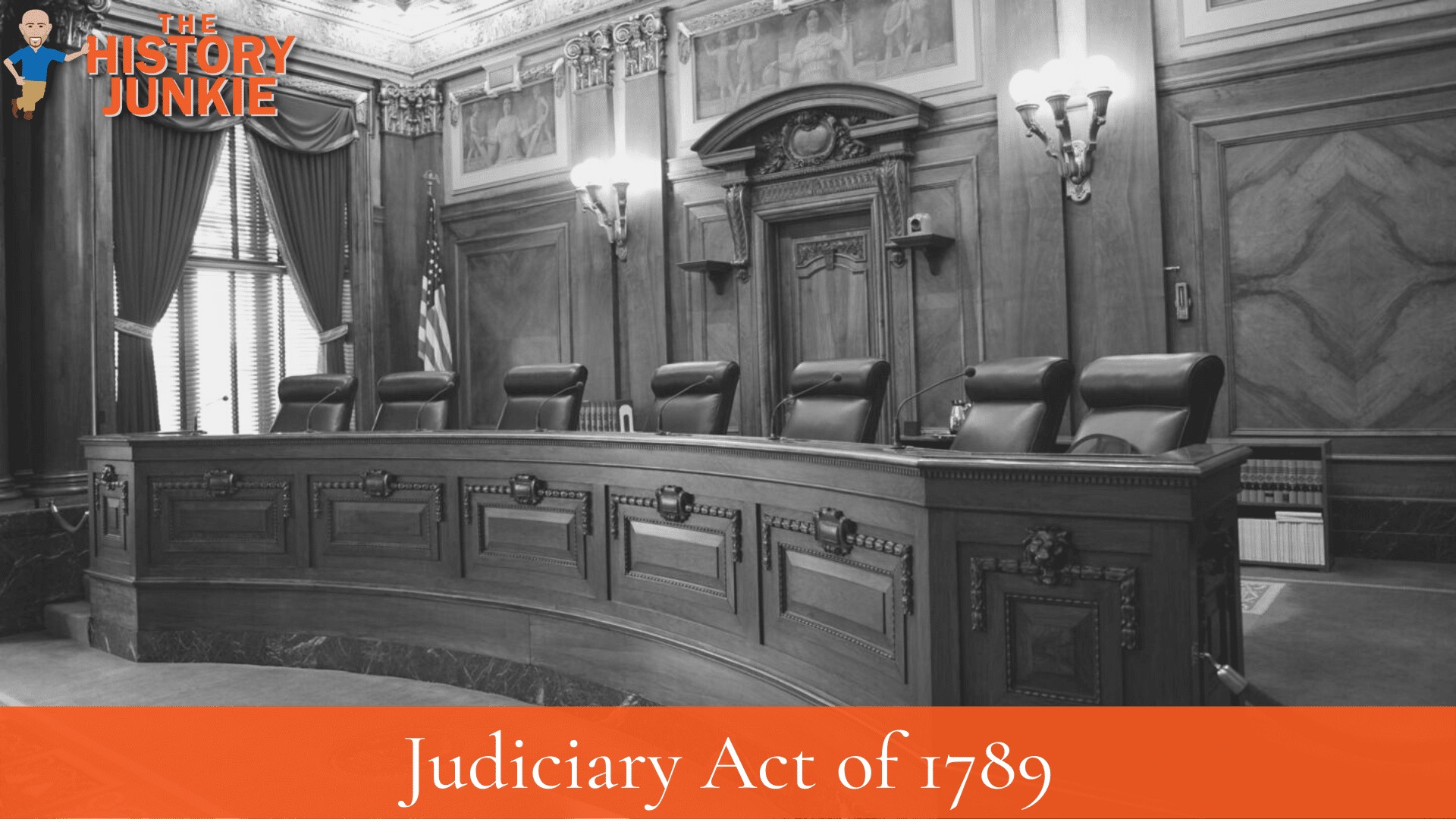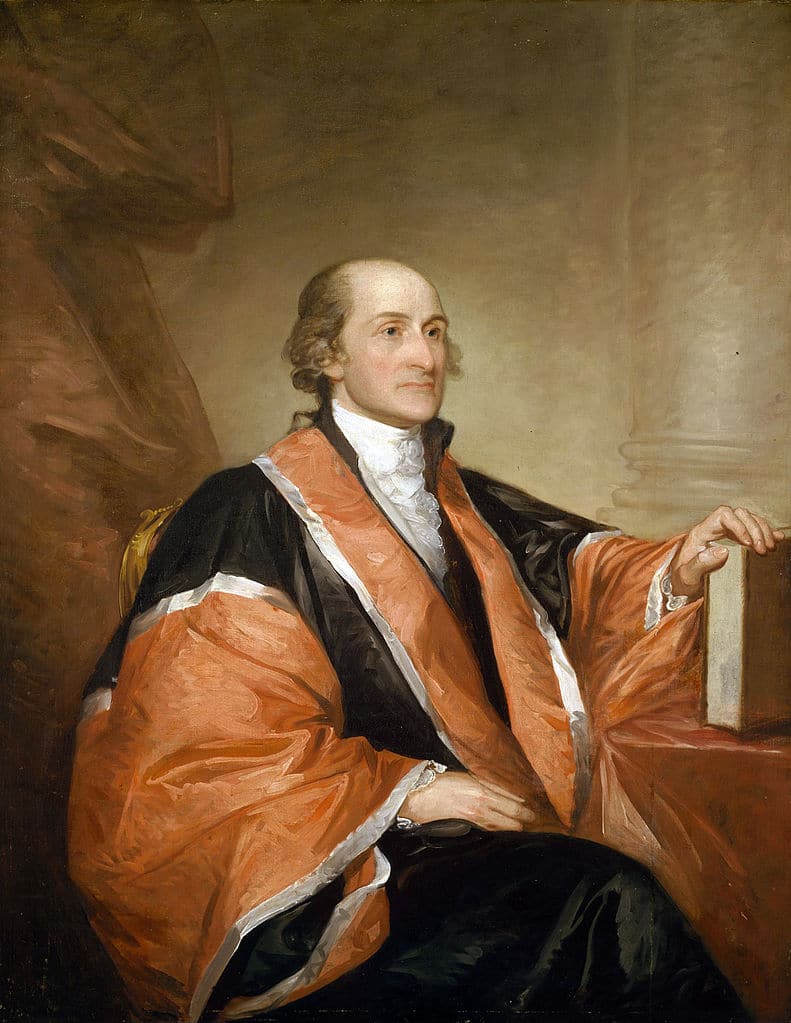The Judiciary Act of 1789 is the act that would create the United States Supreme Court.

The federal statute was enacted on September 24, 1789, during the very first session of Congress.
Congress established the federal judiciary under Article III, Section 1 of the Constitution prescribed that the "judicial power of the United States, shall be vested in one Supreme Court, and such inferior Courts" as Congress saw fit to establish.
It made no provision for the composition or procedures of any of the courts, leaving this to Congress to decide.
The Process Of The Judiciary Act of 1789
Senator Richard Henry Lee of Virginia reported the judiciary bill out of committee on June 12, 1789; Oliver Ellsworth of Connecticut was its chief author.
The bill passed the Senate 14–6 on July 17, 1789, and the House of Representatives then debated the bill in July and August 1789.
The House passed an amended bill 37–16 on September 17, 1789. The Senate struck four of the House amendments and approved the remaining provisions on September 19, 1789.
The House passed the Senate's final version of the bill on September 21, 1789. U.S. President George Washington signed the Act into law on September 24, 1789.
What The Act Did
The Judiciary Act of 1789 did quite a few things:
- Set the number of Supreme Court justices at six- one Chief Justice and Five Associate Justices
- The Supreme Court was given exclusive original jurisdiction over all civil actions between states, between a state and the federal government, and actions brought against ambassadors and other diplomatic personnel.
- Appellate jurisdiction over decisions of the federal circuit courts and state courts holding invalid any statute or treaty of the United States or holding valid any state law or practice that was inconsistent with the federal constitution.
The Act also created 13 judicial districts within the 11 states that had then ratified the Constitution (North Carolina and Rhode Island were added as judicial districts in 1790, and other states as they were admitted to the Union).
Each state comprised one district, except for Virginia and Massachusetts, each of which comprised two. Massachusetts was divided into the District of Maine (which was then part of Massachusetts) and the District of Massachusetts (which covered modern-day Massachusetts).
Virginia was divided into the District of Kentucky and the District of Virginia.
This Act established a circuit court and district court in each judicial district (except in Maine and Kentucky, where the district courts exercised much of the jurisdiction of the circuit courts).
The circuit courts, which comprised a district judge and (initially) two Supreme Court justices "riding circuit," had original jurisdiction over serious crimes and civil cases of at least $500 involving diversity jurisdiction or the United States as a plaintiff in common law and equity.
The circuit courts also had appellate jurisdiction over the district courts. The single-judge district courts had jurisdiction primarily over admiralty cases, petty crimes, and suits by the United States for at least $100.
Notably, the federal trial courts had not yet received original federal question jurisdiction
Moving Forward
Once the Judiciary Act of 1789 was in place, President George Washington submitted his nominations. The first 6 nominations were as follows:

- John Jay - 1st Chief Justice of the United States
- John Rutledge
- William Cushing
- Robert H. Harrison
- James Wilson - former signer of the Declaration of Independence.
- John Blair Jr.
The first Supreme Court was made up of six Federalist judges, which would go on to drive Thomas Jefferson and the Democratic-Republicans crazy when they took control of both branches of government.
